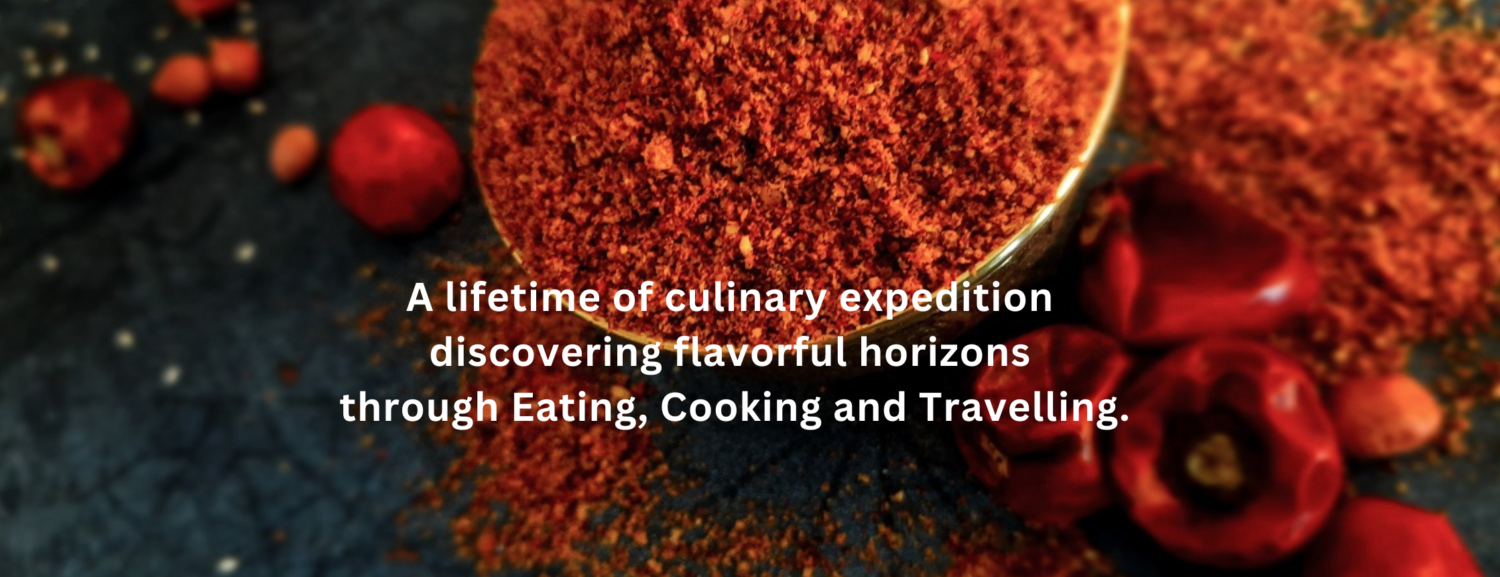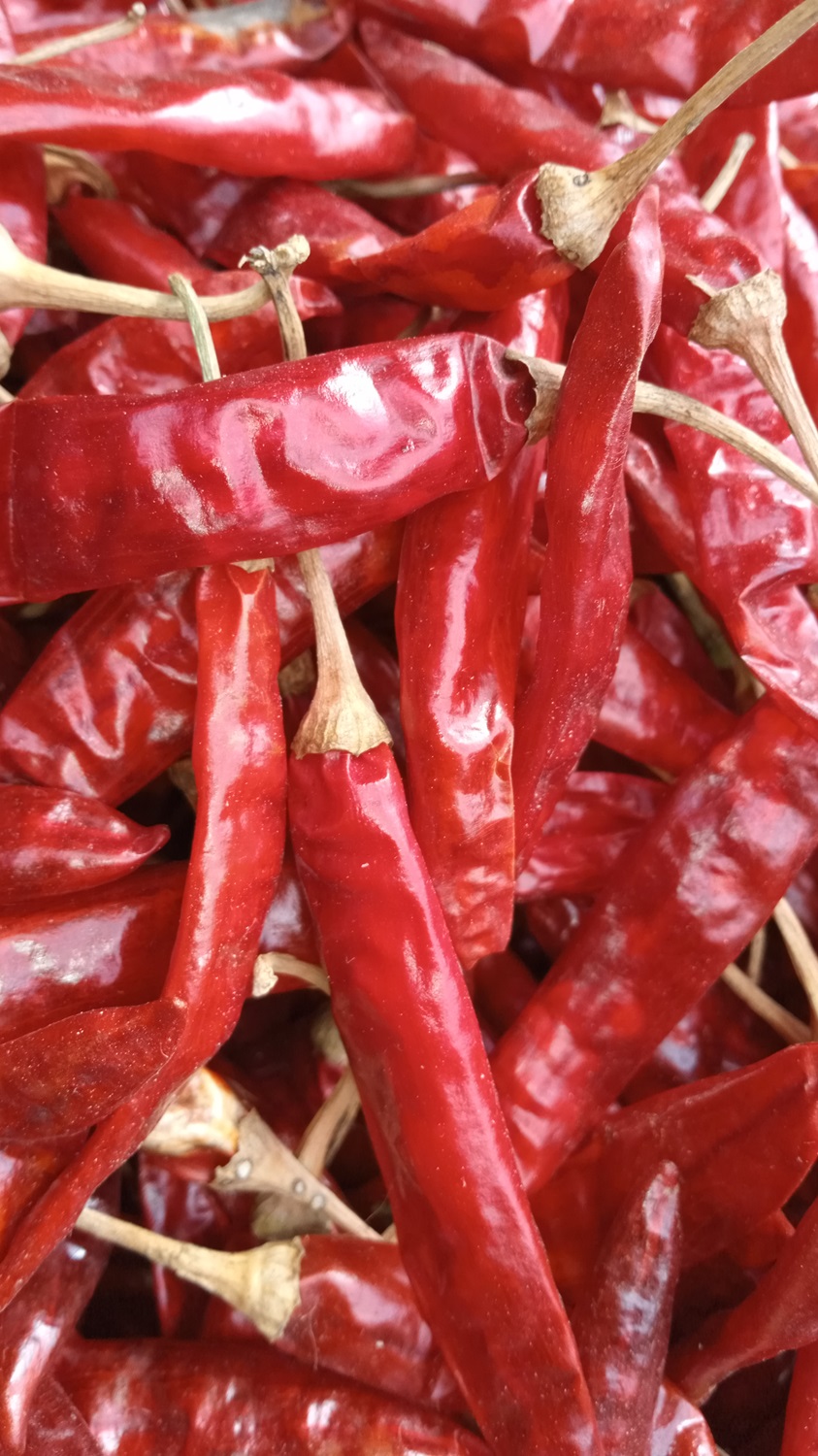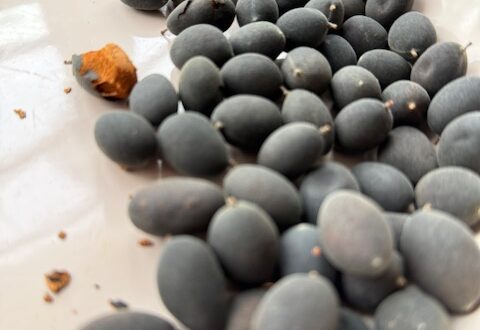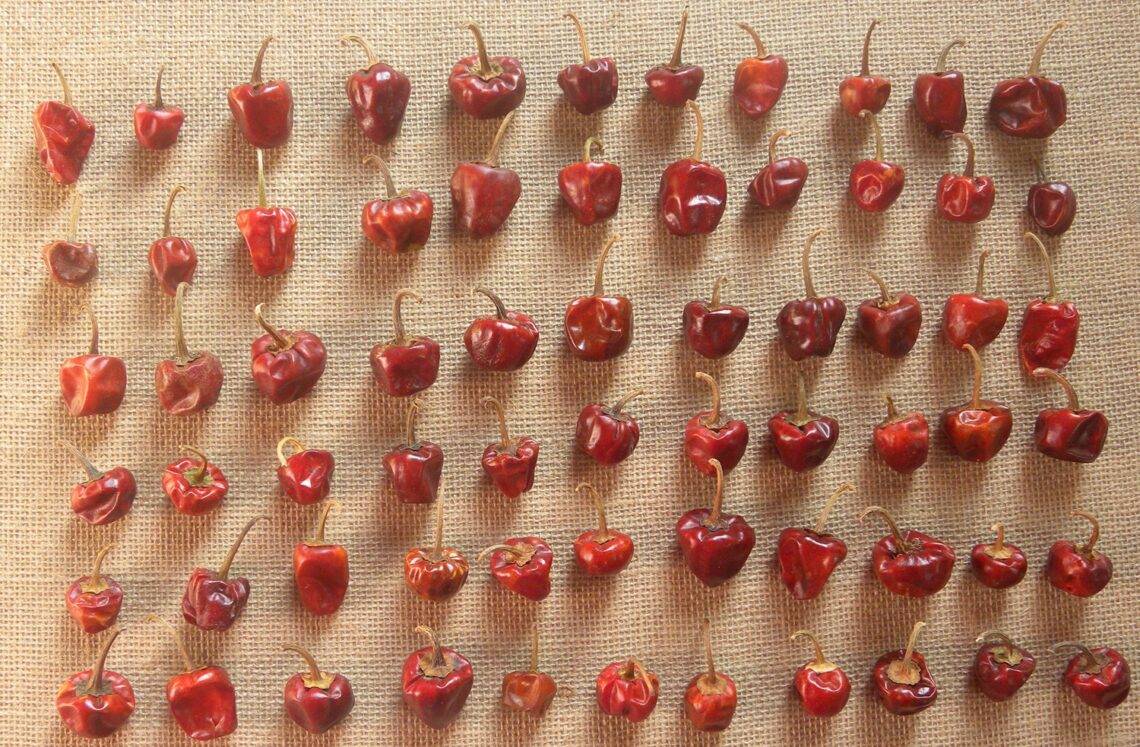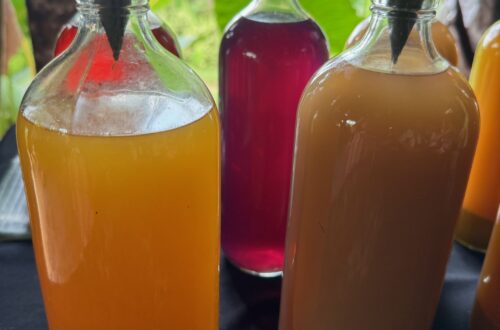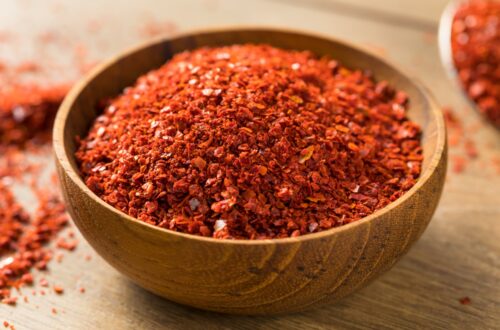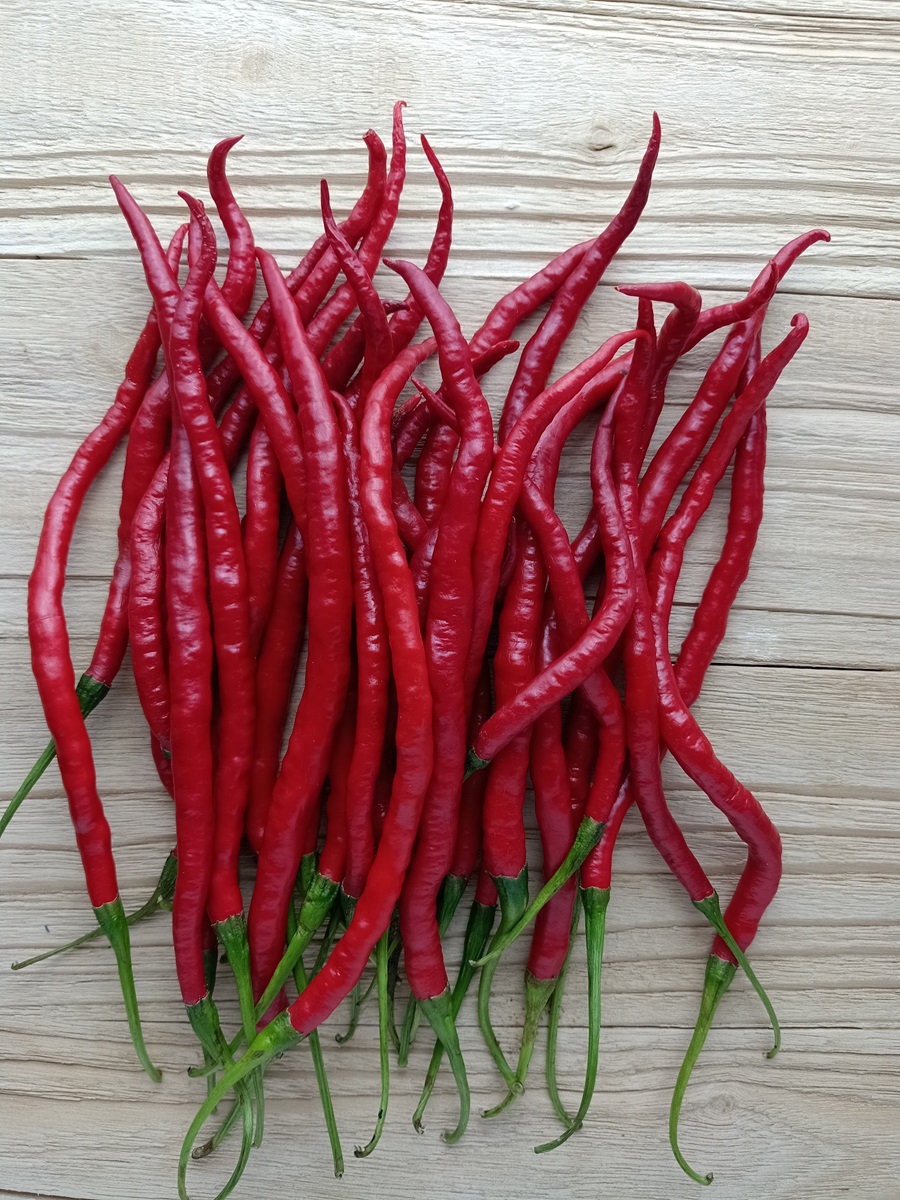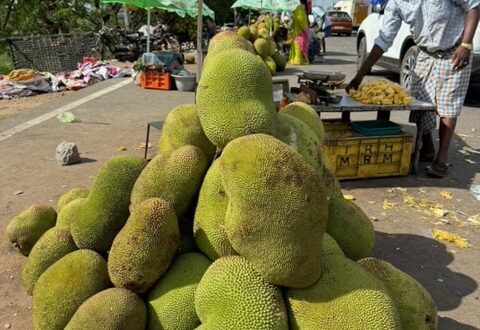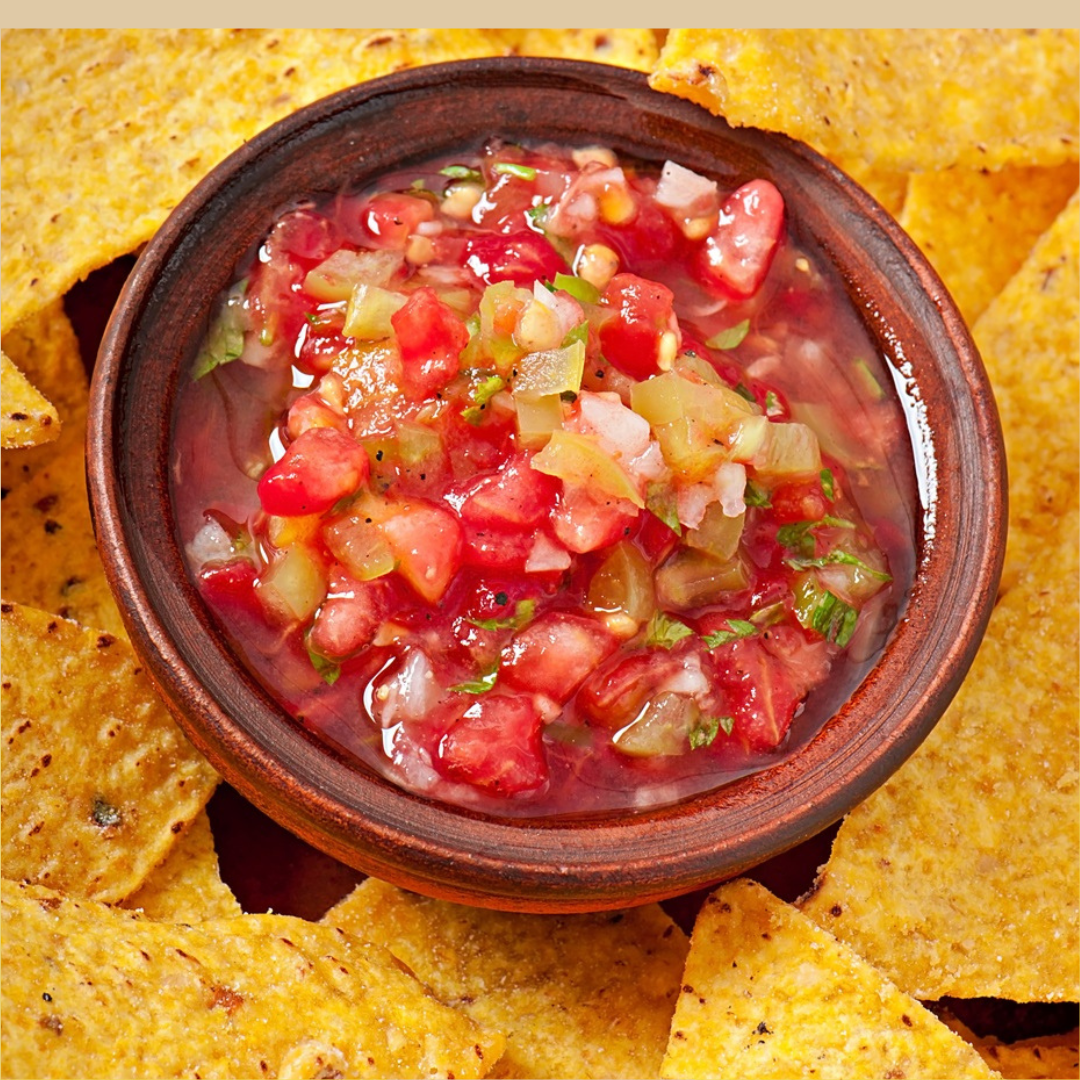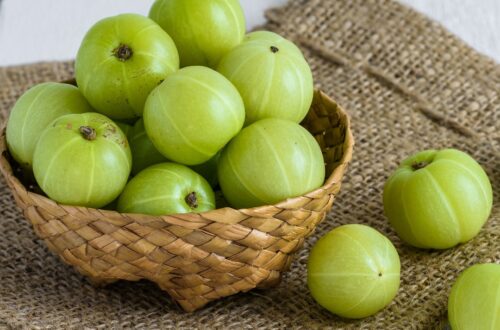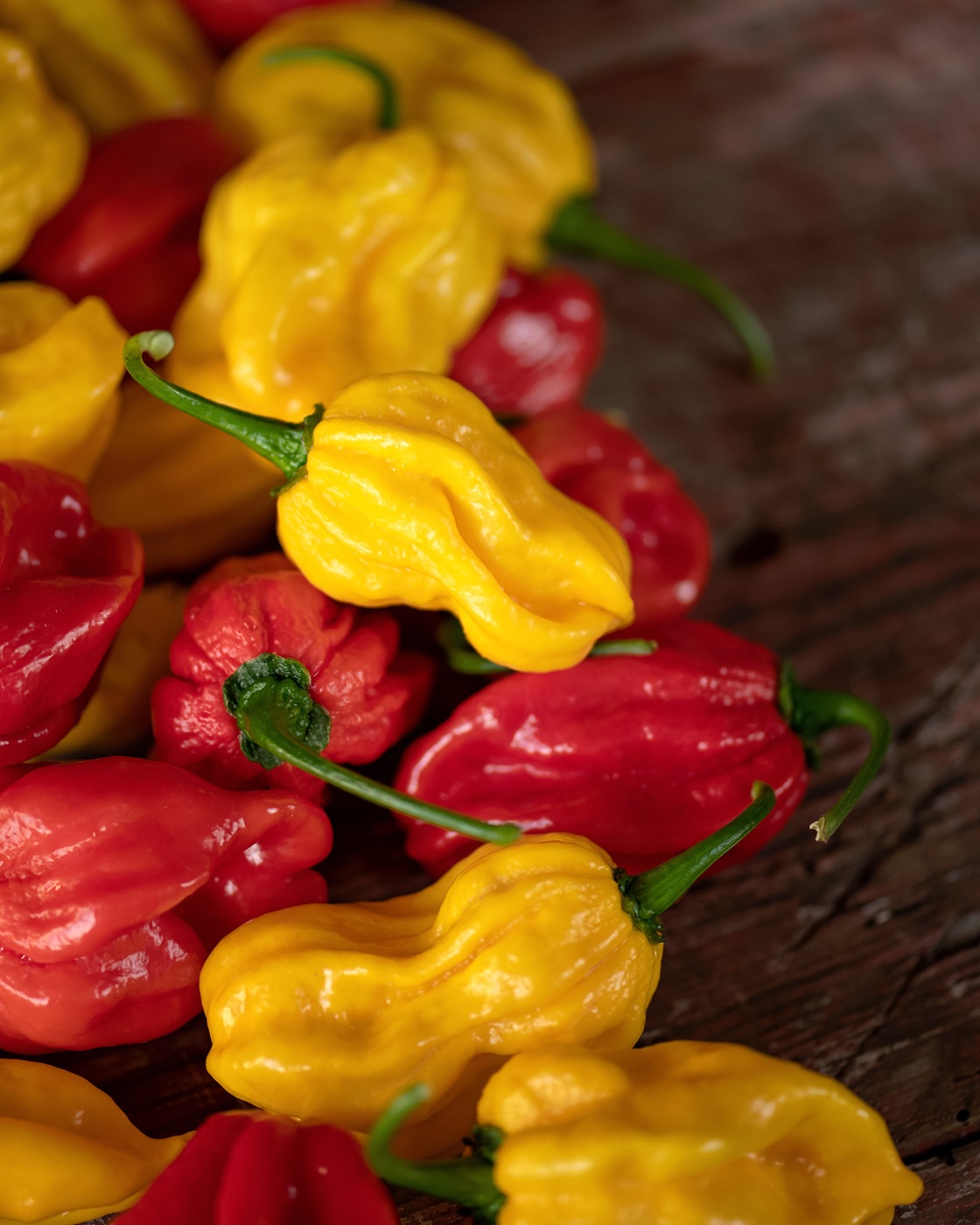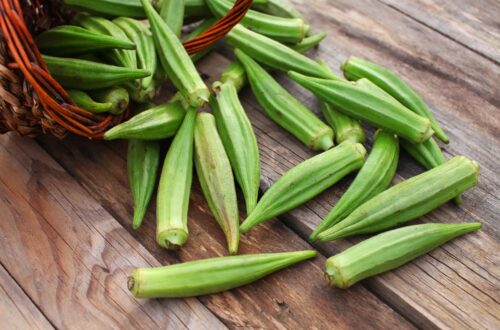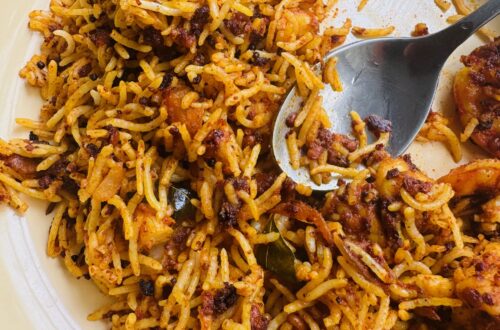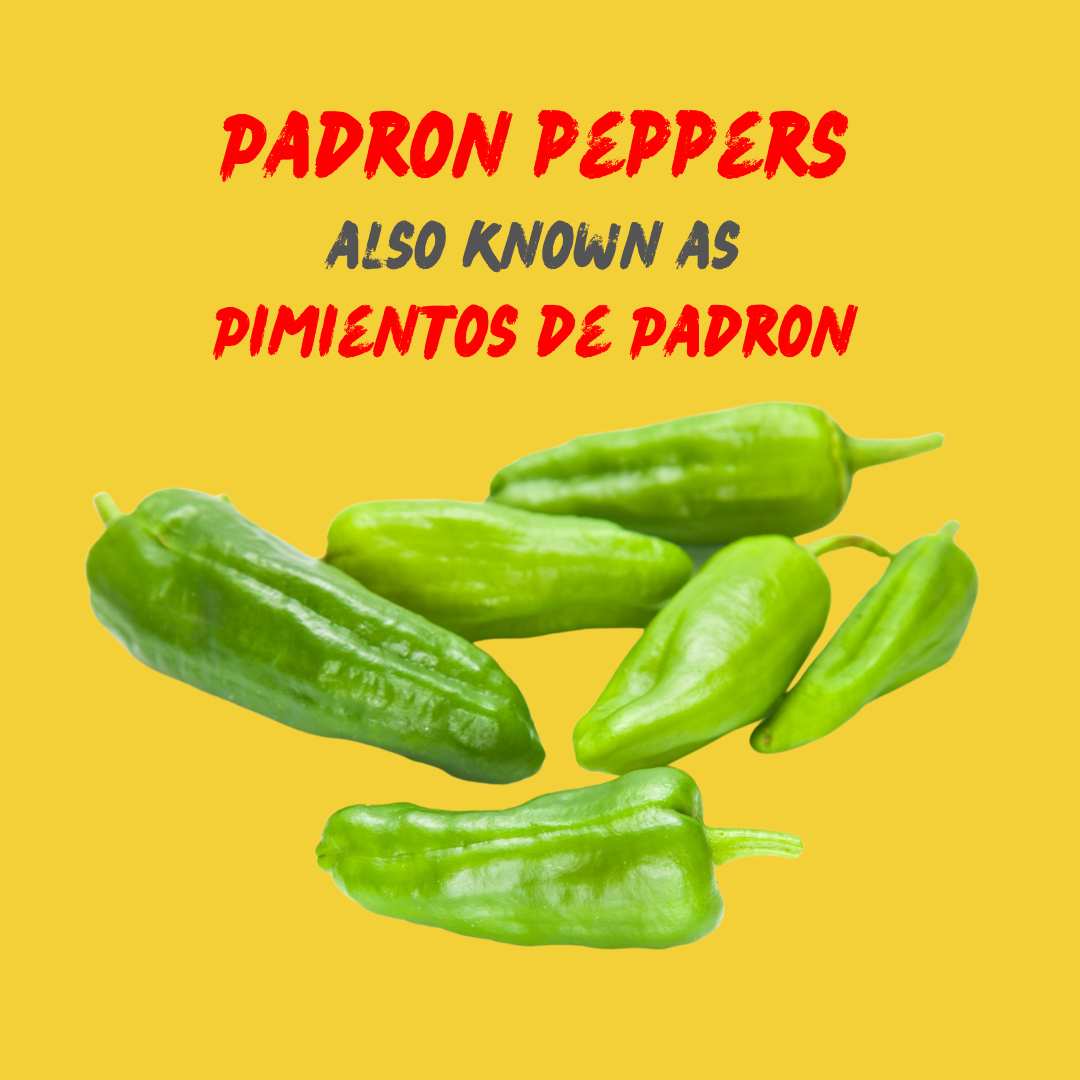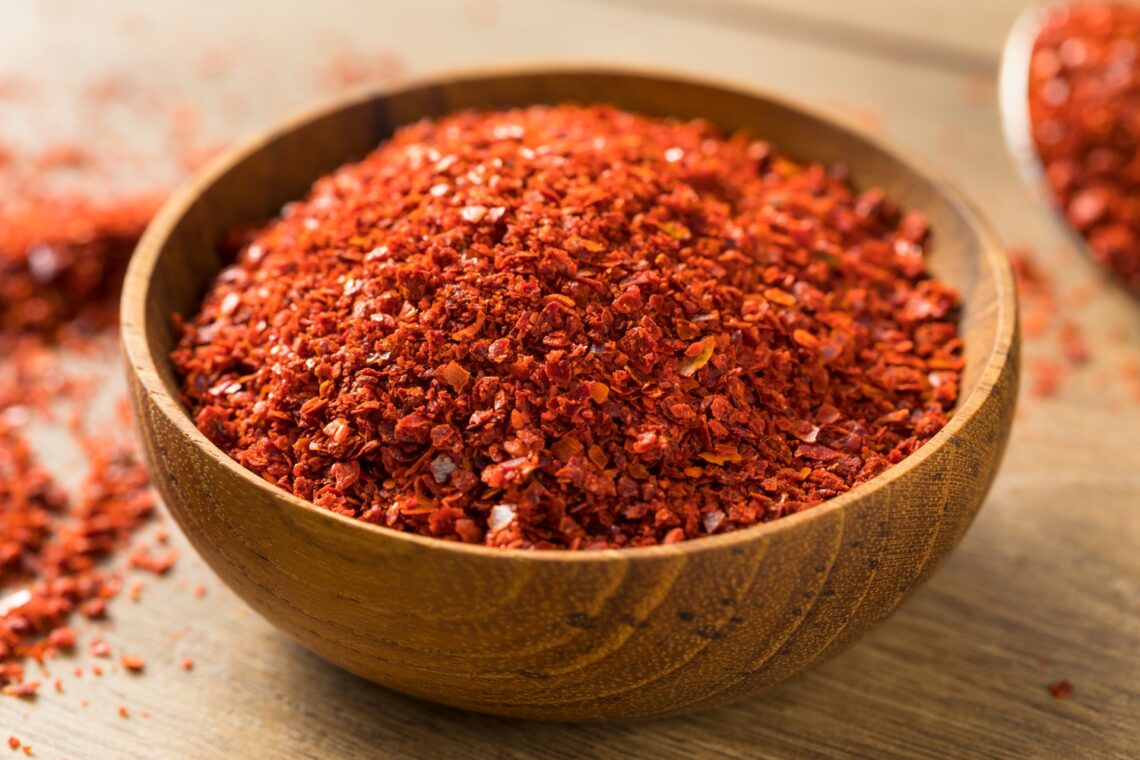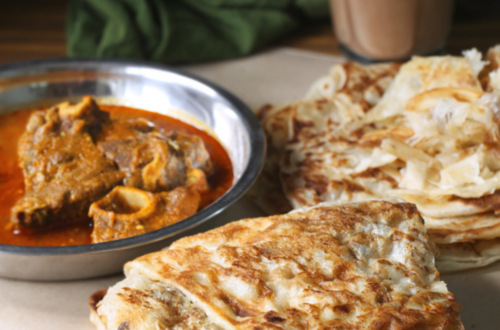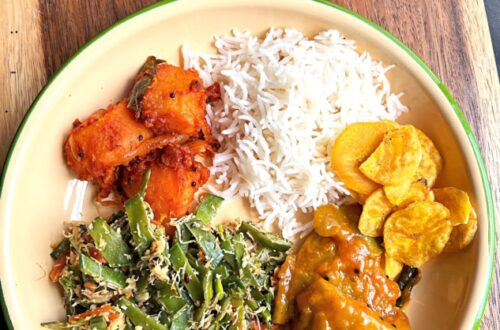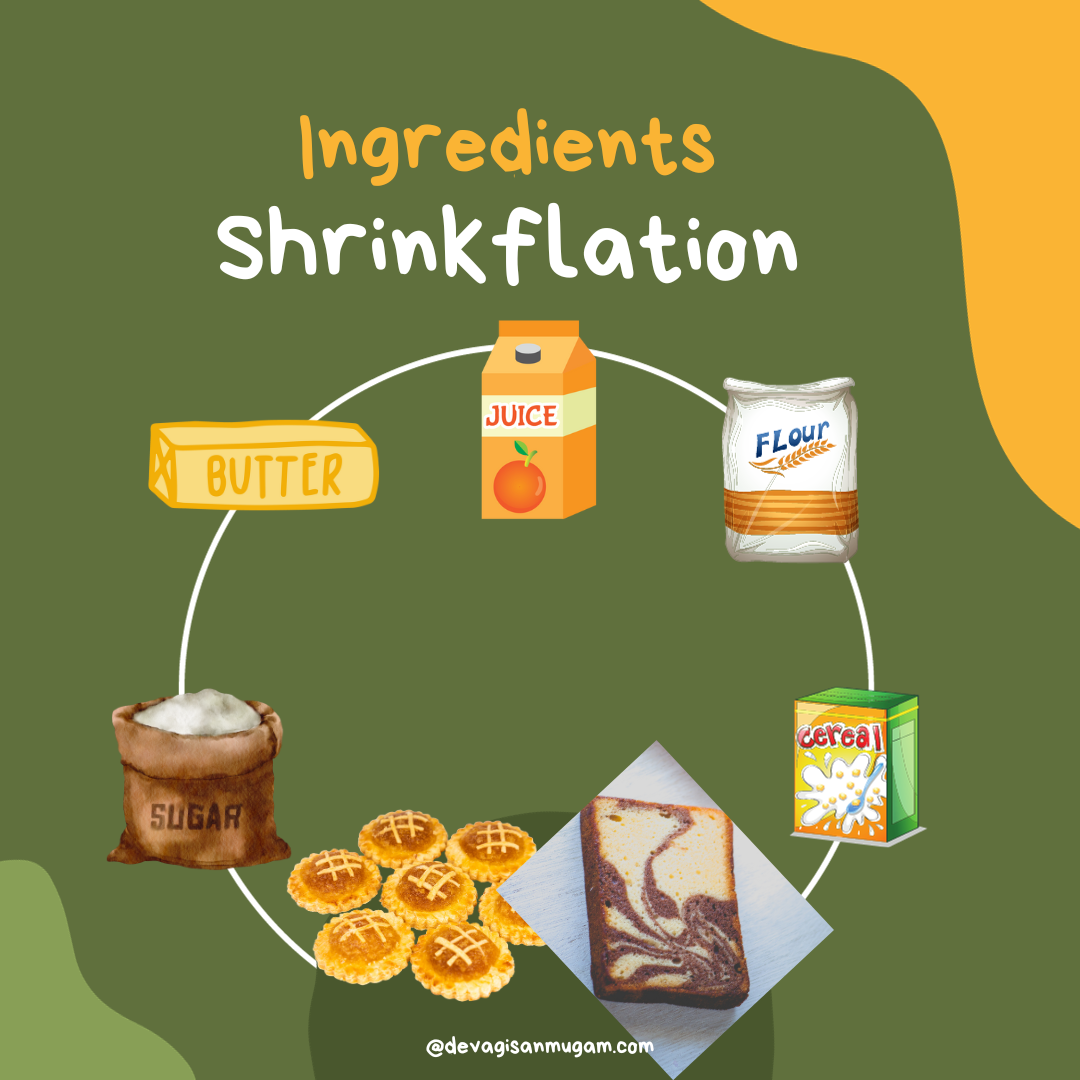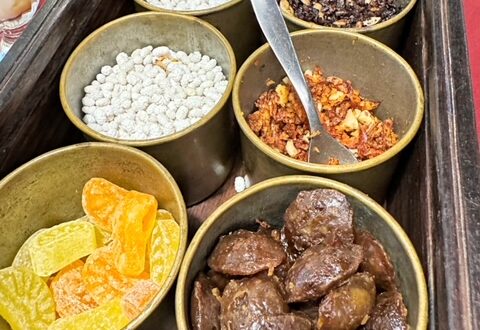-
Guntur Chilli
In Indian kitchens, Guntur chillies are a staple, enhancing the flavours of diverse dishes. They are used in various forms, including whole, powdered, or as a key ingredient in spice blends like curry powder or sambar masala.
-
Ramnad Mundu Chilli
The chillies can be added whole, chopped, or ground into a paste, depending on the recipe requirements. In South Indian cuisine, some spices are usually tempered in oil or ghee and added to the dishes. I usually use Ramnad Mundu chilli when tempering the spices as it adds a special flavour and the necessary heat to the dishes.
-
Indonesian Long Red Chilli
The smell of Cabe Merah Panjang is somewhat fruity and slightly earthy, with a mild aroma compared to other chili peppers. Their texture is firm and glossy, with thin walls and a smooth surface. Inside, they contain seeds that contribute to their heat but are relatively easy to remove if a milder flavor is desired.
-
Nachos with Salsa
It's a bit sweet from the ripe tomatoes and a little strong from the onions. There's also a fresh taste from the coriander leaves and a tanginess from the lime juice. Each bite delivers a medley of flavours, dancing between heat and refreshing bursts of acidity. The habanero adds a nice kick to it. If you do not have habanero chilli, add couple of green or red chilli padies.
-
Habanero – Fiery Kick
Its smell is pungent and fruity, with hints of citrus, which contributes to its unique flavour profile. The texture of a habanero is smooth and waxy, with thin flesh surrounding numerous seeds that hold much of its heat.
-
Padrón peppers aka Pimientos de Padrón
They are commonly fried in olive oil and served as a tapa or appetizer, sprinkled with coarse salt. The cooking process creates a blistered, slightly charred skin while maintaining a tender interior.
-
Gochuguru
It is striking, featuring a bright red hue with a coarse texture. Its flavour profile balances heat with fruity and slightly earthy undertones, offering a unique complexity to dishes. The spice level typically ranges from mild to moderately hot, making it versatile for various palates.
-
Small But Hot!
Don't be fooled by its tiny size—this little chilli is packed with a lot of heat! Despite being small, it's famous for its fiery kick that can surprise anyone who tries it.
-
CHEFS WEARING JEWELLERY WHILE COOKING OR PREPARING FOOD!
But have you ever considered how much dirt and germs your everyday rings, bracelets, bangles, charms, or other jewellery might harbour? A scientist friend of mine mentioned that if you examine your jewellery closely with a microscope, particularly rings, bracelets, and string talismans, you might be surprised by the dirt and bacteria you discover.
-
Shrinkflation! – Read your labels!
You may be paying the same price for a smaller volume than you used to! Shrinkflation, is becoming very common in the food industry. Some cereal brands now contain less cereal in the same-sized box, and some fruit juices may no longer be 1000ml. It's easy to be deceived by the size of the packaging alone.
